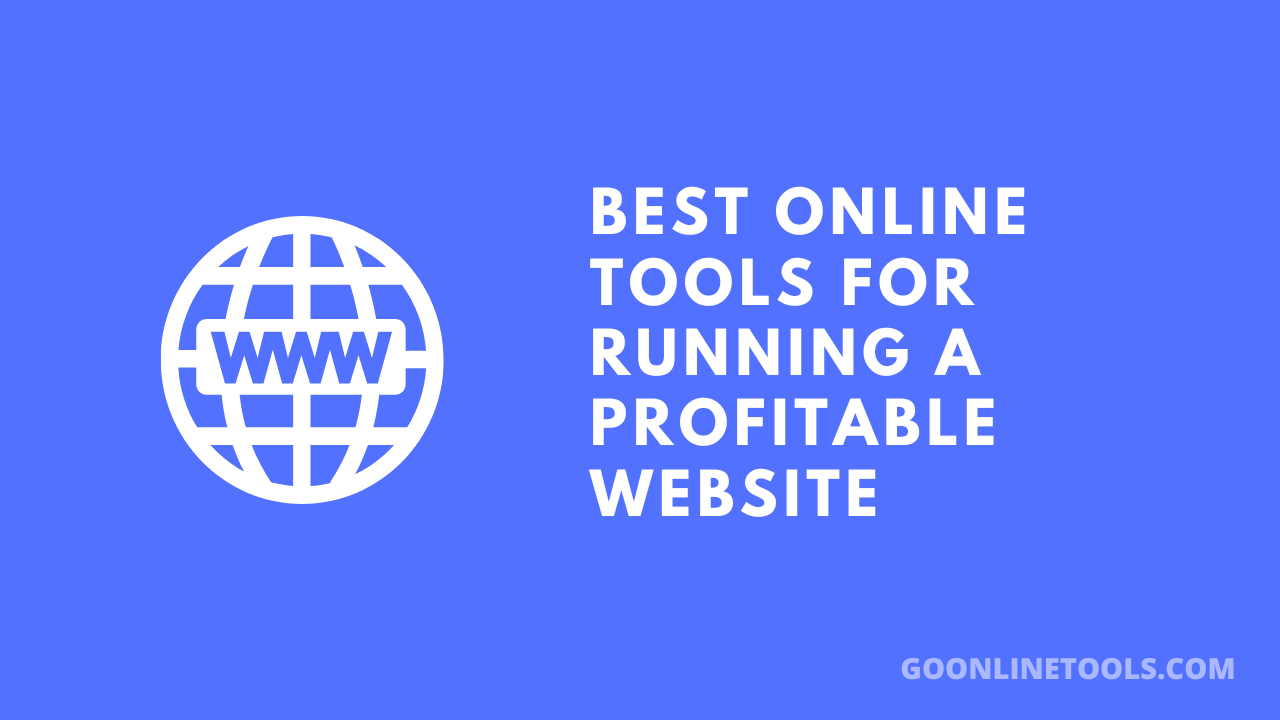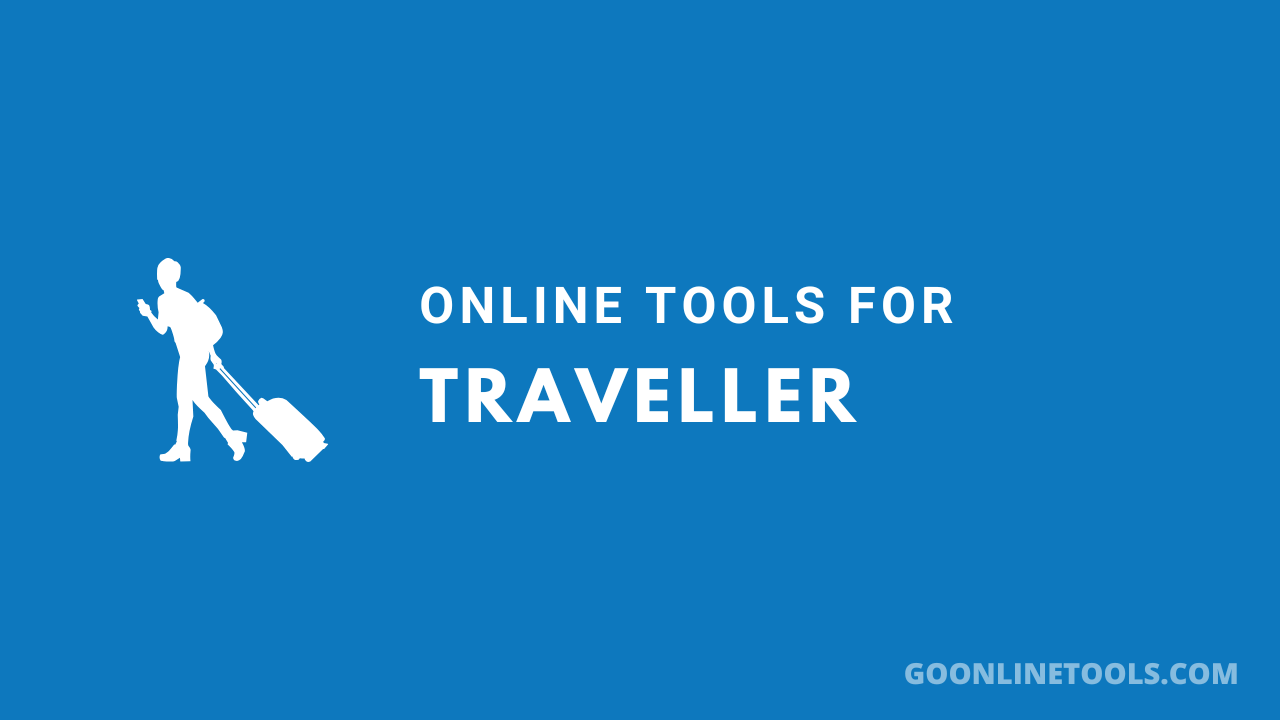
Featured image for "How to Monetize OTT Content as an Internet Provider: Strategies for Maximizing Revenue"
More internet providers are looking for ways to boost revenue beyond traditional services. Monetizing OTT content lets providers tap into new income streams by offering video, streaming, and exclusive content to customers. With the rise of streaming platforms and changing viewer habits, OTT monetization has become a practical step for staying competitive.
There are several effective ways to generate money from OTT content, such as subscription models, advertising, or pay-per-view options. Providers can also use hybrid models that mix ads with lower-cost subscription tiers to attract a wider audience, as seen in recent industry trends. Exploring these strategies can help internet providers reach new markets and serve their customers better while increasing profits.
Understanding the options for OTT content is essential for any internet provider who wants to grow in a crowded market. Knowing what works and how to apply the right monetization model can set a provider apart and unlock new growth opportunities.
Monetization Models for OTT Content as an Internet Provider
Internet providers can use several strategies to generate revenue from OTT video services. The best approach balances user preferences, platform strengths, and business goals.
Understanding OTT Monetization
OTT monetization refers to the different ways companies earn money from video content delivered over the internet. Unlike traditional TV, OTT content is distributed online, which helps providers reach a wider audience.
ISPs (Internet Service Providers) are in a strong position to offer value, as they control the network infrastructure and have direct access to customer data and preferences. By integrating video monetization options into their existing services, ISPs can boost customer engagement and drive new income streams.
OTT platform monetization for ISP’s often combines technology, user data, and partnerships to design flexible offers. Understanding how and why customers pay for content is key, making it important to choose a model that fits their needs.
Major Monetization Models: AVOD, SVOD, and TVOD
Three common revenue models for OTT video monetization are AVOD, SVOD, and TVOD.
- AVOD (Ad-Supported Video on Demand): Viewers watch content for free but see advertisements. ISPs can earn revenue by selling ad spots or partnering with advertising networks. This model works well for attracting large audiences who are not willing to pay upfront.
- SVOD (Subscription Video on Demand): Users pay a recurring fee for unlimited access to the content library. This offers predictable monthly revenue and can improve customer loyalty. ISPs can include SVOD packages as part of bundles, increasing overall service value.
- TVOD (Transactional Video on Demand): Customers pay per video or event—also called pay-per-view. TVOD provides flexibility for users who prefer not to subscribe, and is suitable for exclusive content like live sports or new movie releases.
A simple comparison:
| Model | Revenue Source | Customer Commitment | Typical Examples |
| AVOD | Ad sales | Low | YouTube, Pluto TV |
| SVOD | Monthly subscription | Medium-High | Netflix, Disney+ |
| TVOD | Pay-per-view sales | Low | Apple TV, Amazon PPV |
Hybrid Models and Custom Strategies
Many Internet providers use a hybrid monetization strategy, combining more than one revenue model. For example, they might offer basic content with ads (AVOD) and premium content with subscriptions (SVOD), or mix subscriptions with pay-per-view add-ons (SVOD + TVOD).
Hybrid models allow ISPs to serve different customer groups. Casual users can watch ad-supported content for free, while heavy users pay for premium access. This approach improves user retention and creates multiple revenue streams.
ISPs can also experiment with custom options, such as targeted advertising, dynamic bundles, or exclusive community features. Developing a tailored ott solution that leverages customer data can help ISPs stand out in a competitive market. More detailed examples of these approaches are discussed in guides like OTT Monetization Models.
Implementing and Optimizing OTT Revenue Streams
Robust revenue generation on OTT platforms relies on having a strong content library, establishing profitable advertising and partnership strategies, and using data to build and keep a loyal audience. For internet providers, these steps are critical in meeting user demand and standing out in the competitive OTT video market.
Building and Managing Content Libraries
A diverse and well-organized content library is key for any OTT streaming service. Leading platforms like Netflix, Hulu, and Disney+ offer a balance of original content, exclusive titles, and licensed video content that appeals to a wide range of users.
Internet providers entering the OTT business should focus on securing strong content licensing agreements and collaborating with content owners and creators. Forming partnerships to host premium, exclusive, or original content increases a platform’s value and relevance.
Offering both video-on-demand and live streaming can help capture broader audiences. Content variety should include short-form content, movies, series, and events. Regular updates and removing underperforming titles help keep the catalog fresh, improving user retention and maximizing revenue generation.
Leveraging Advertising and Partnerships
Advertising is a proven revenue model for OTT platforms, ranging from pre-roll and mid-roll ads to banner placements. Smart TV and Connected TV (CTV) ads, especially targeted ads, can be customized for different viewer segments, supporting higher ad spend and better user experience.
Collaborating with brands and cross-promoting partner services open new income streams. Partnerships with other streaming platforms or telecom companies can grow the viewer base through bundling and joint promotions.
Revenue sharing and in-app purchase models are also valuable, particularly for special events or premium content. Providers like Muvi and Vimeo offer tools for integrating these monetization options directly into OTT channels, helping manage multiple revenue streams with ease.
Utilizing Data Analytics for Audience Engagement
Data analytics play a crucial role in understanding viewing habits, content performance, and user engagement. Analyzing metrics such as watch time, user retention, and favorite genres allows providers to tailor the content library and optimize marketing campaigns.
For example, tracking the success of new exclusive or original titles helps in making informed licensing and production decisions. Data-driven adjustments to ad frequency and placement reduce viewer frustration and improve overall user experience.
A/B testing features, promotions, and interface changes let platforms identify what drives audience engagement. Using insights from analytics can lead to higher subscription rates, better user satisfaction, and stronger long-term revenue generation for OTT services.
Conclusion
Internet providers have several ways to earn money by offering OTT content. By exploring streaming, subscription services, and targeted ads, they can choose the best fit for their business.
Audience preferences play a key role in shaping the best monetization approach. Providers should continue to watch trends and test different strategies.
Key tips for success:
- Know the audience and what content they want
- Stay flexible with monetization models
- Keep up with the latest technology
Popular OTT revenue models include:
| Model | Description |
| Subscription-based (SVOD) | Regular payments for access |
| Ad-supported (AVOD) | Free to watch with ads |
| Transactional (TVOD) | Pay-per-view or one-time rentals |
| Hybrid | Mix of two or more models |
With the right planning, internet providers can take advantage of the growth in streaming and create new revenue streams. For more details, see guides about OTT monetization strategies and practical ways to monetize OTT content.
Anush Sargsyan is a content writer focused on the OTT industry, covering everything from streaming technologies to viewer engagement strategies. She has a passion for simplifying complex topics and turning them into clear, actionable insights. Through her in-depth articles, guides, and thought leadership pieces, Anush helps platforms, publishers, and tech providers stay ahead in the fast-moving world of over-the-top media.
View all articles




